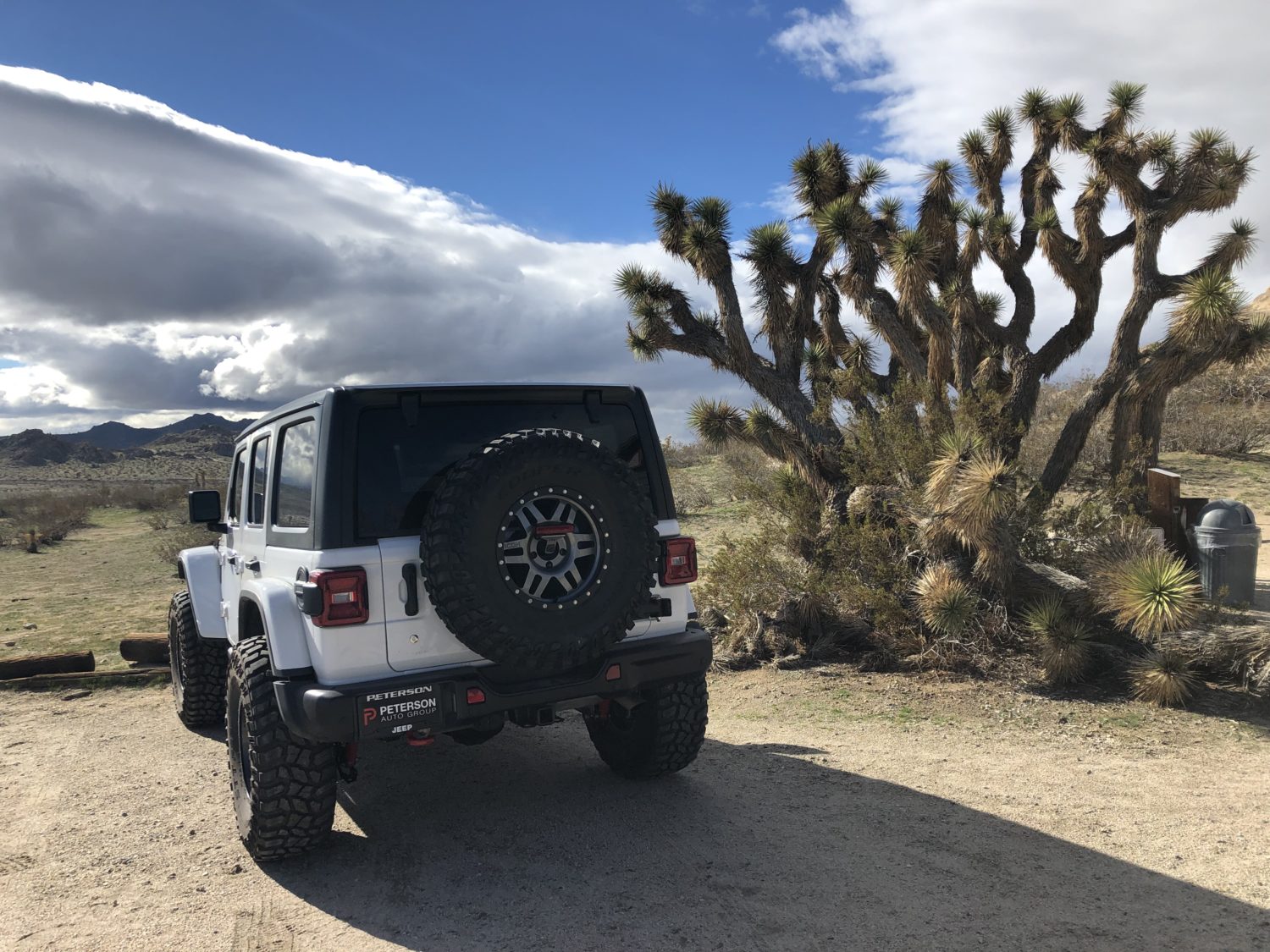North of Trona lies the Ghost Town of Reilly. The townsite provides a window into the life of a typical California desert “boom and bust” mining town. Established by Edward Reilly of New York in September 1882 by October, Reilly had ordered a 10 stamp mill and began organizing his mining district. With the rapid growth of the town came a boarding house, general store and a blacksmith shop. In January of 1883 the Reilly Post Office began mail service. Historical records indicate that this area hosted over 32 buildings and its estimated that over 60 people worked and lived in Reilly during its peak.
To operate the mill and support the town, a water pipeline was constructed that brought water in from Water Canyon which is located over 5 miles away. In September of 1888 the stamp mill to process the ore finally arrived, was fired up and promptly broke down when the water pump failed. By this time, the population for Reilly had shrunk to 16 workers and shortly after, the Post Office closed.
Investors poured over $200,000.00 dollars into Reilly and the town only produced $21,500.00 in silver bullion during the mills 18 months of operation. The mill was closed and sold in March of 1885.
The mill is named after Charles Anthony, who later filed claims in Pleasant Canyon in the Panamint Mountains. Its believed that Mr. Anthony may have overseen the construction and operations of the stamp mill that bears his name.
All that remains today are signs of a once booming town, half a dozen stone cabins along with the retaining wall that supported the stamp mill.









Research at Reilly continues. Archaeologist hope to answer questions such as: What was life like for the mill workers? How was it different for the mill supervisor or for Edward Reilly, the owner? Were Chinese laborers employed by Reilly? Was Charles Anthony actually the man who built the mill and ran it for Edwards Reilly?

